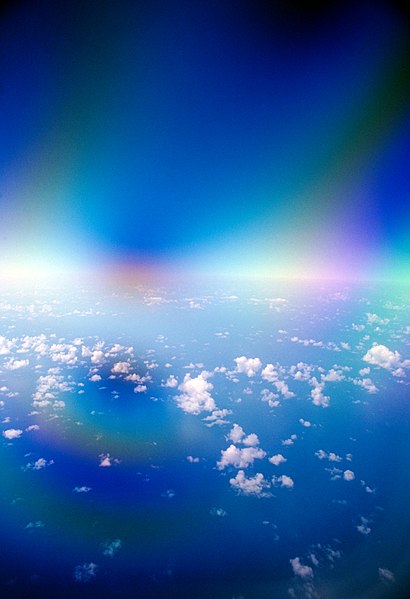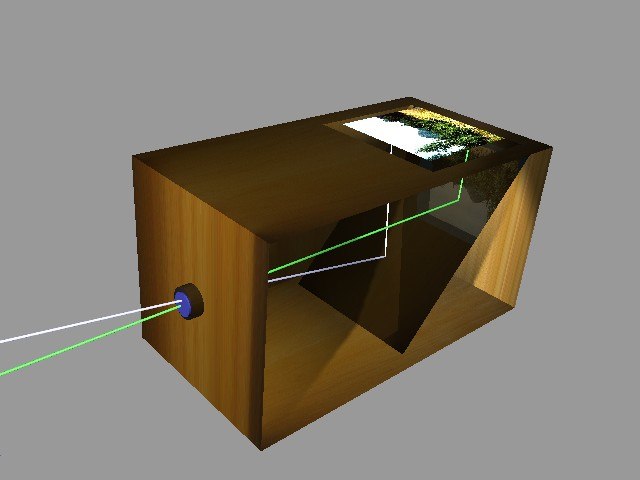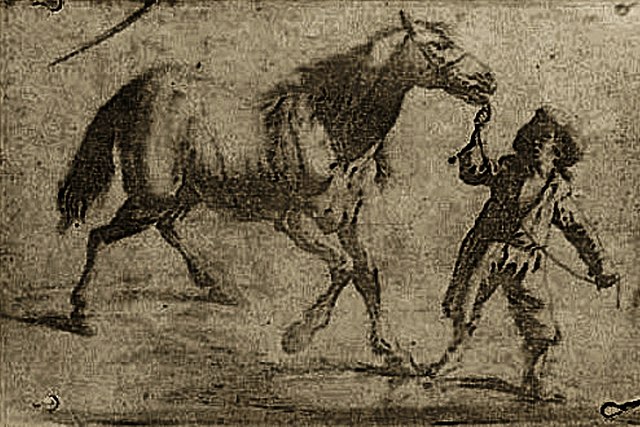In photography and cinematography, a filter is a camera accessory consisting of an optical filter that can be inserted into the optical path. The filter can be of a square or oblong shape and mounted in a holder accessory, or, more commonly, a glass or plastic disk in a metal or plastic ring frame, which can be screwed into the front of or clipped onto the camera lens.
Four photographic filters (clockwise from top-left): an infrared hot mirror filter, a polarizing filter, and a UV filter. The larger filter is a polarizer for Cokin-style filter mounts.
An extreme case: a Nikon D700 with a smashed filter which may have saved the Nikkor lens beneath. Usually, all that can reasonably be expected is protection from scratches, nicks and airborne contaminants.
The 80A filter, mainly used to correct for the excessive redness of tungsten lighting, can also be used to oversaturate scenes that already have blue. The photo on the left was shot with a polarizer, while the one on the right was shot with a polarizer and an 80A filter.
Polarizing filter, Atlantic Ocean 1989
Photography is the art, application, and practice of creating images by recording light, either electronically by means of an image sensor, or chemically by means of a light-sensitive material such as photographic film. It is employed in many fields of science, manufacturing, and business, as well as its more direct uses for art, film and video production, recreational purposes, hobby, and mass communication.
Photographers at the Chicago Old Town Art Fair in 1968
A camera obscura used for drawing
Earliest known surviving heliographic engraving, 1825, printed from a metal plate made by Nicéphore Niépce. The plate was exposed under an ordinary engraving and copied it by photographic means. This was a step towards the first permanent photograph taken with a camera.
View of the Boulevard du Temple, a daguerreotype made by Louis Daguerre in 1838, is generally accepted as the earliest photograph to include people. It is a view of a busy street, but because the exposure lasted for several minutes the moving traffic left no trace. Only the two men near the bottom left corner, one of them apparently having his boots polished by the other, remained in one place long enough to be visible.








